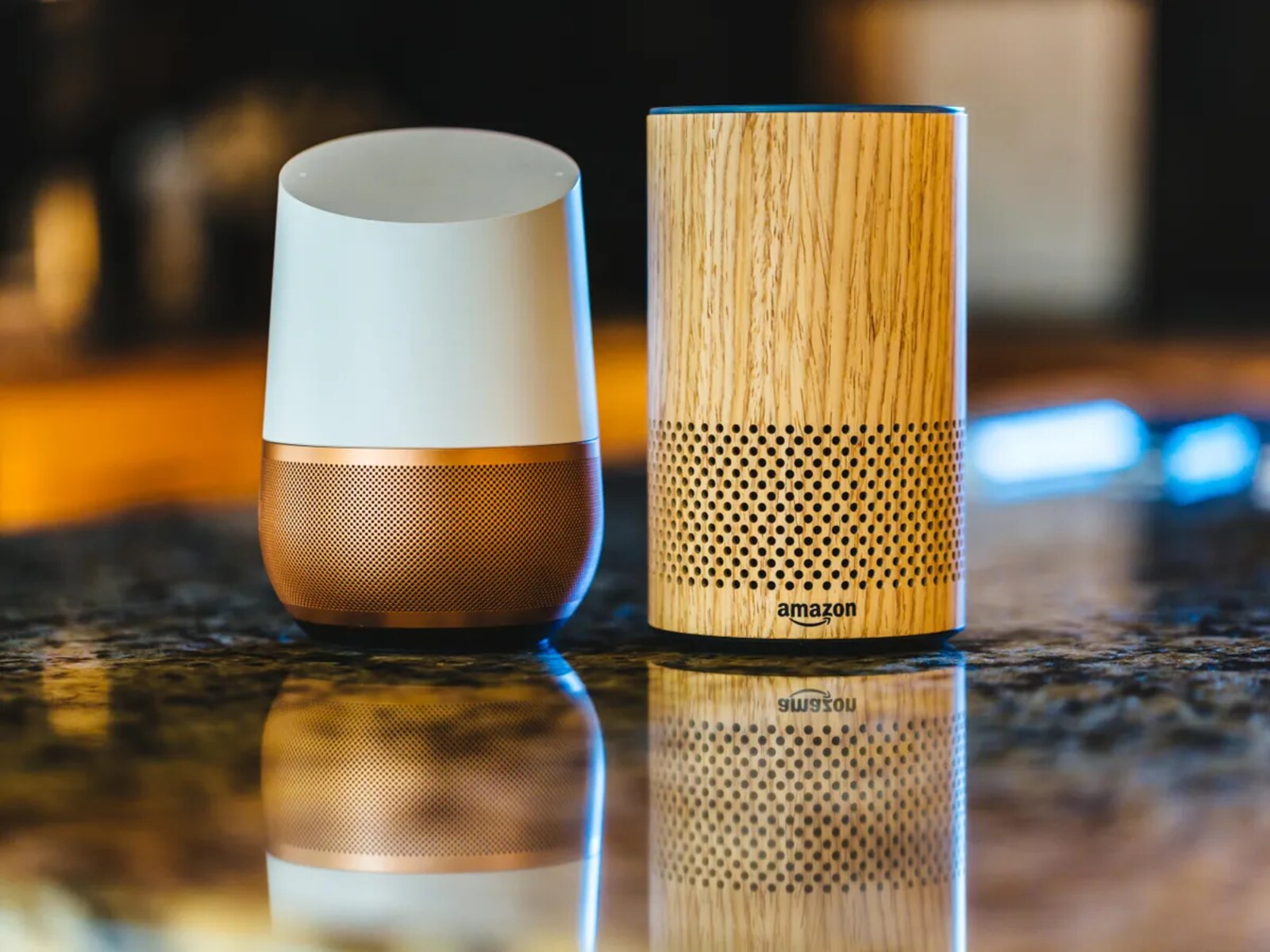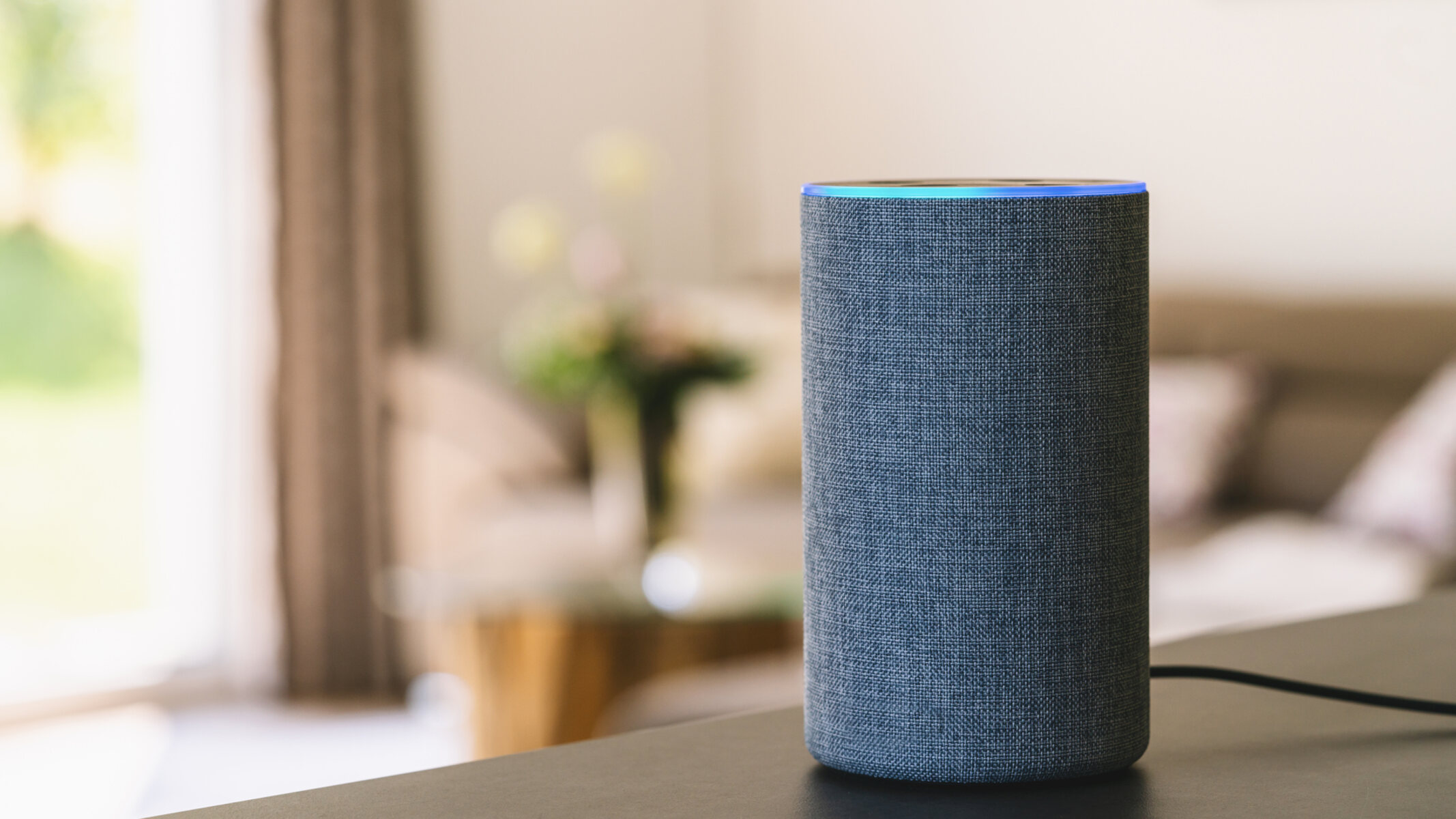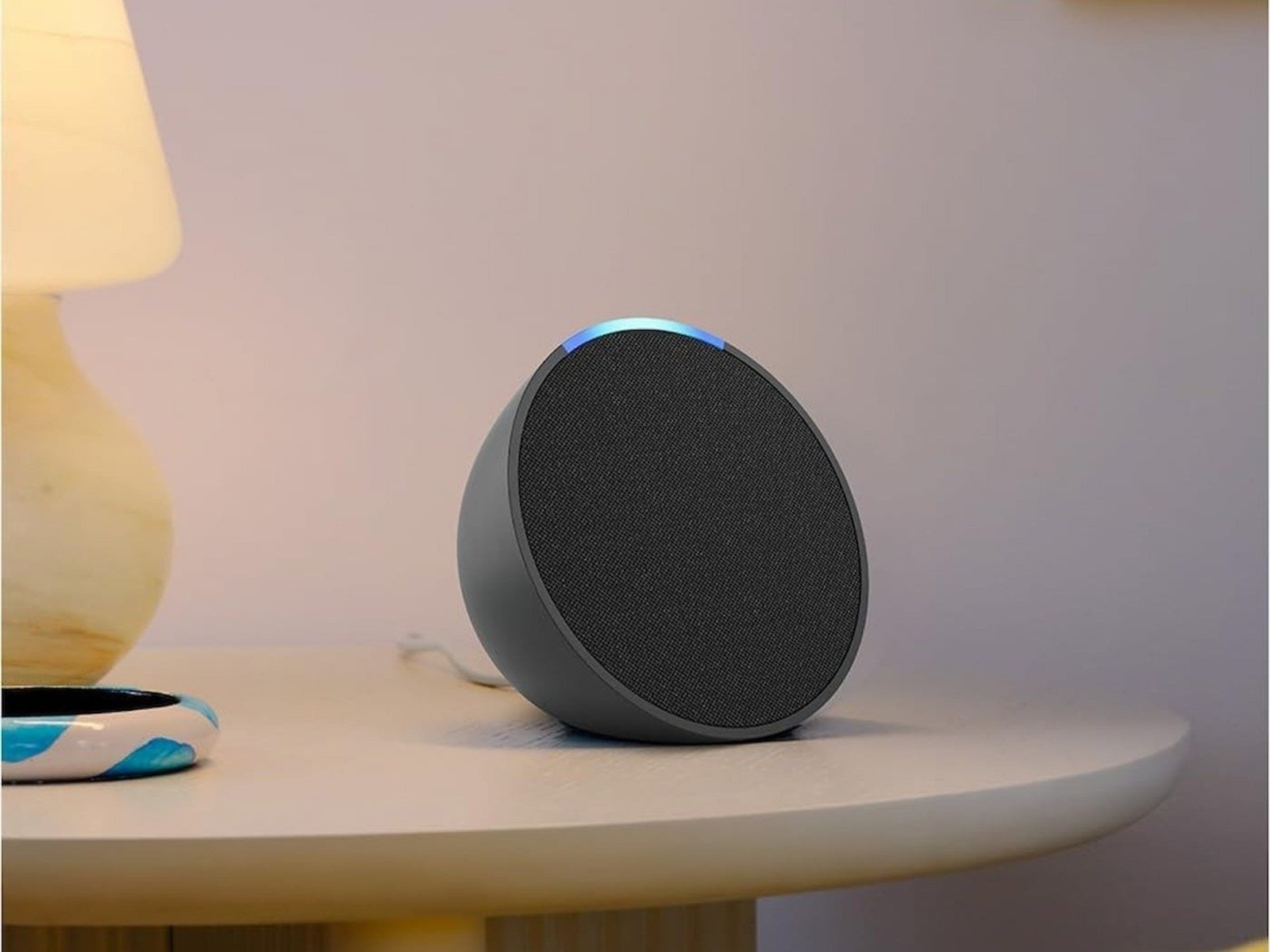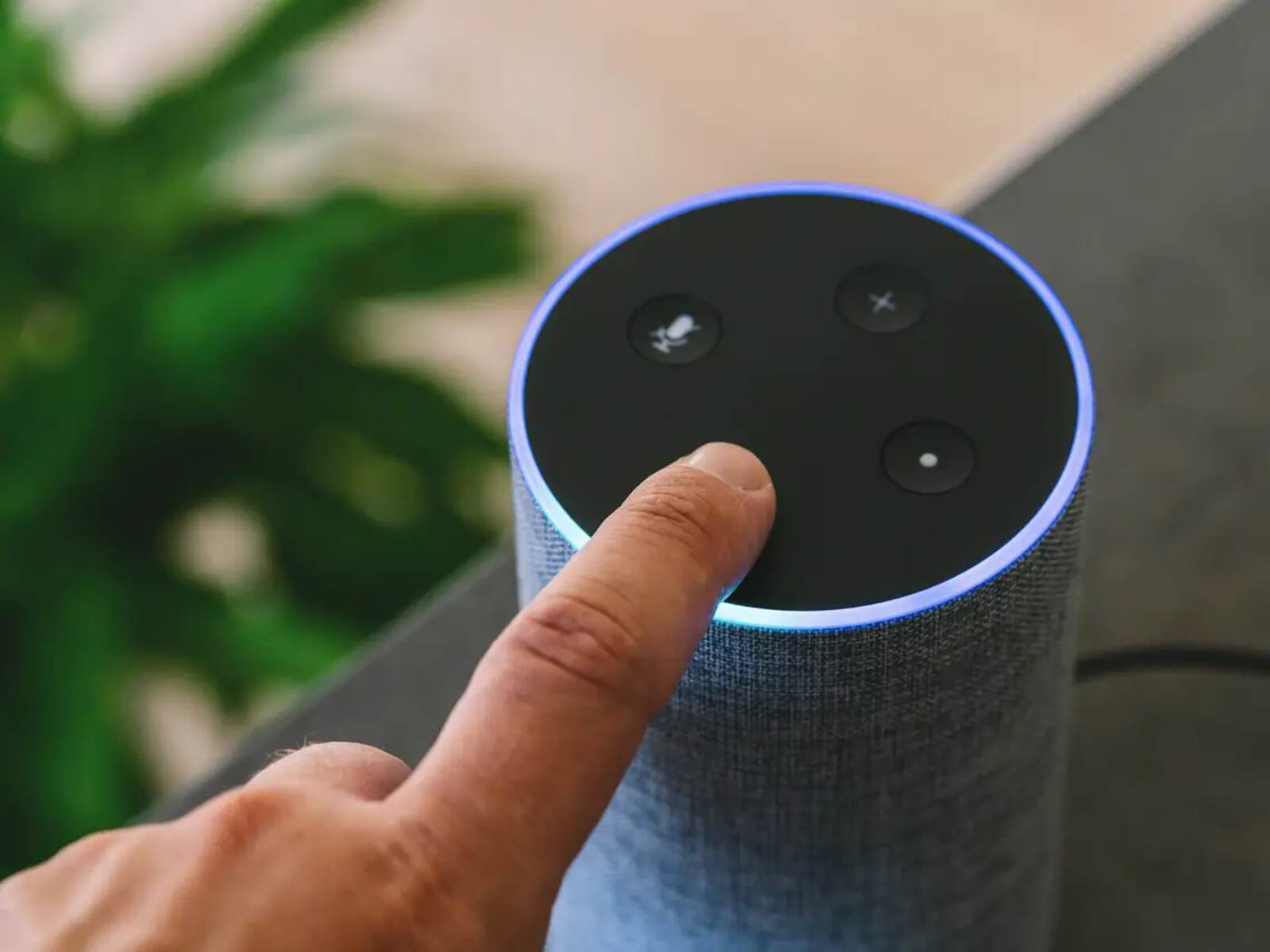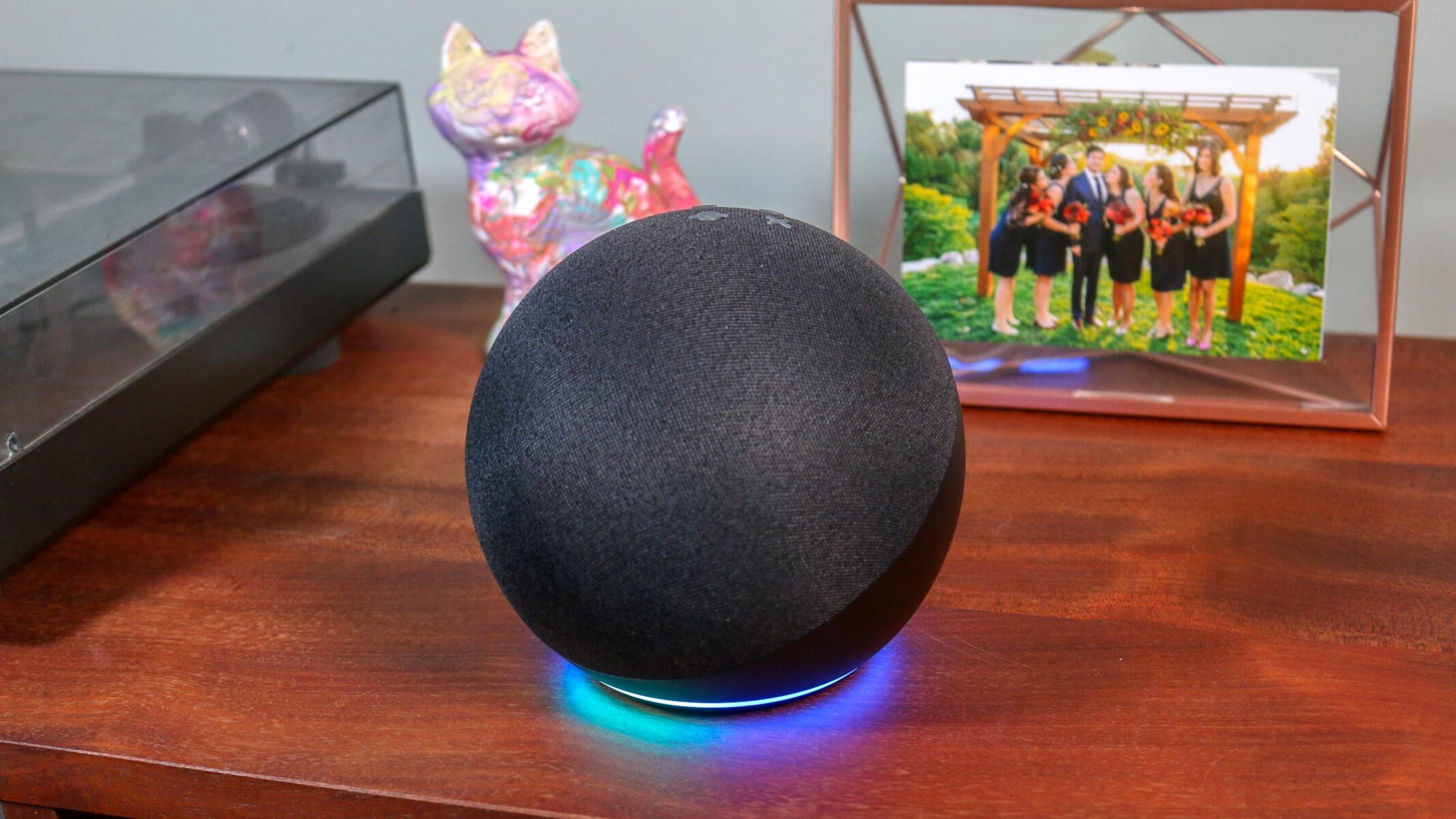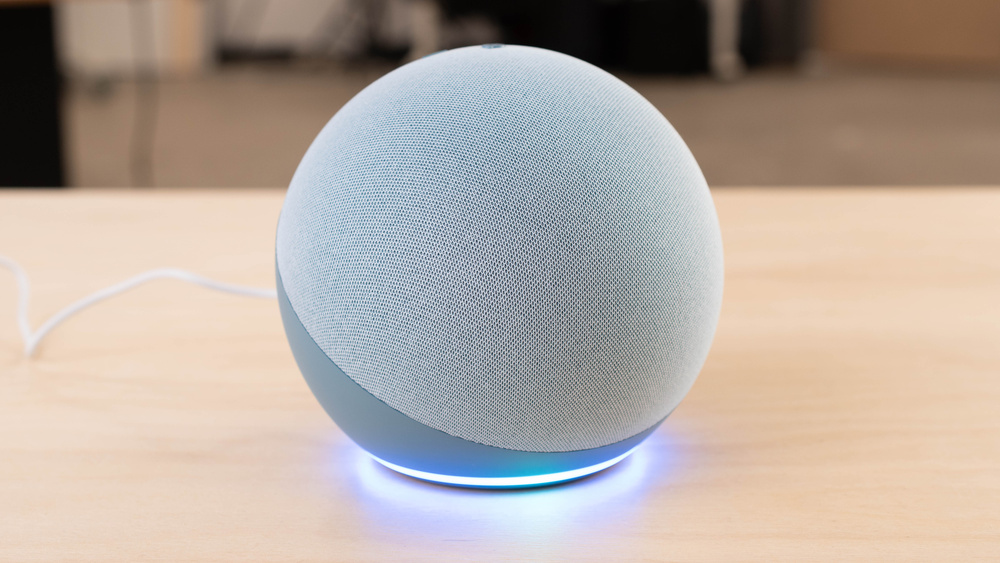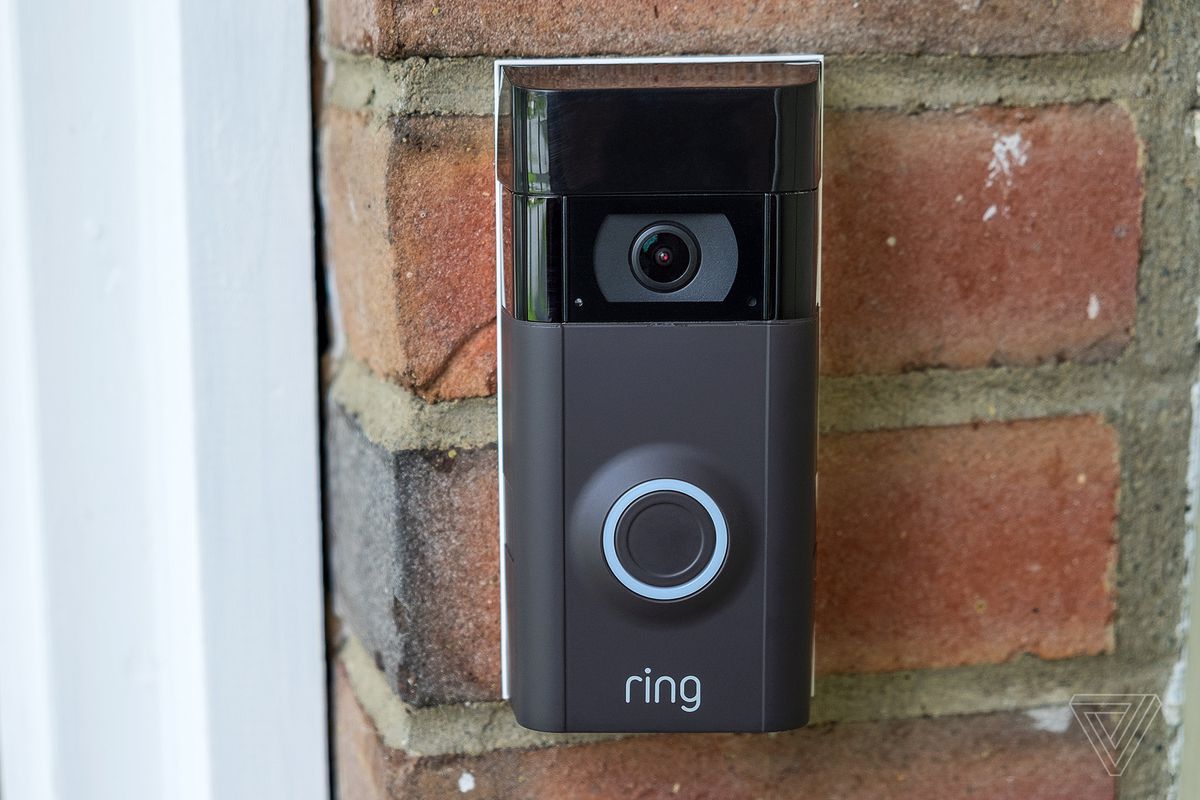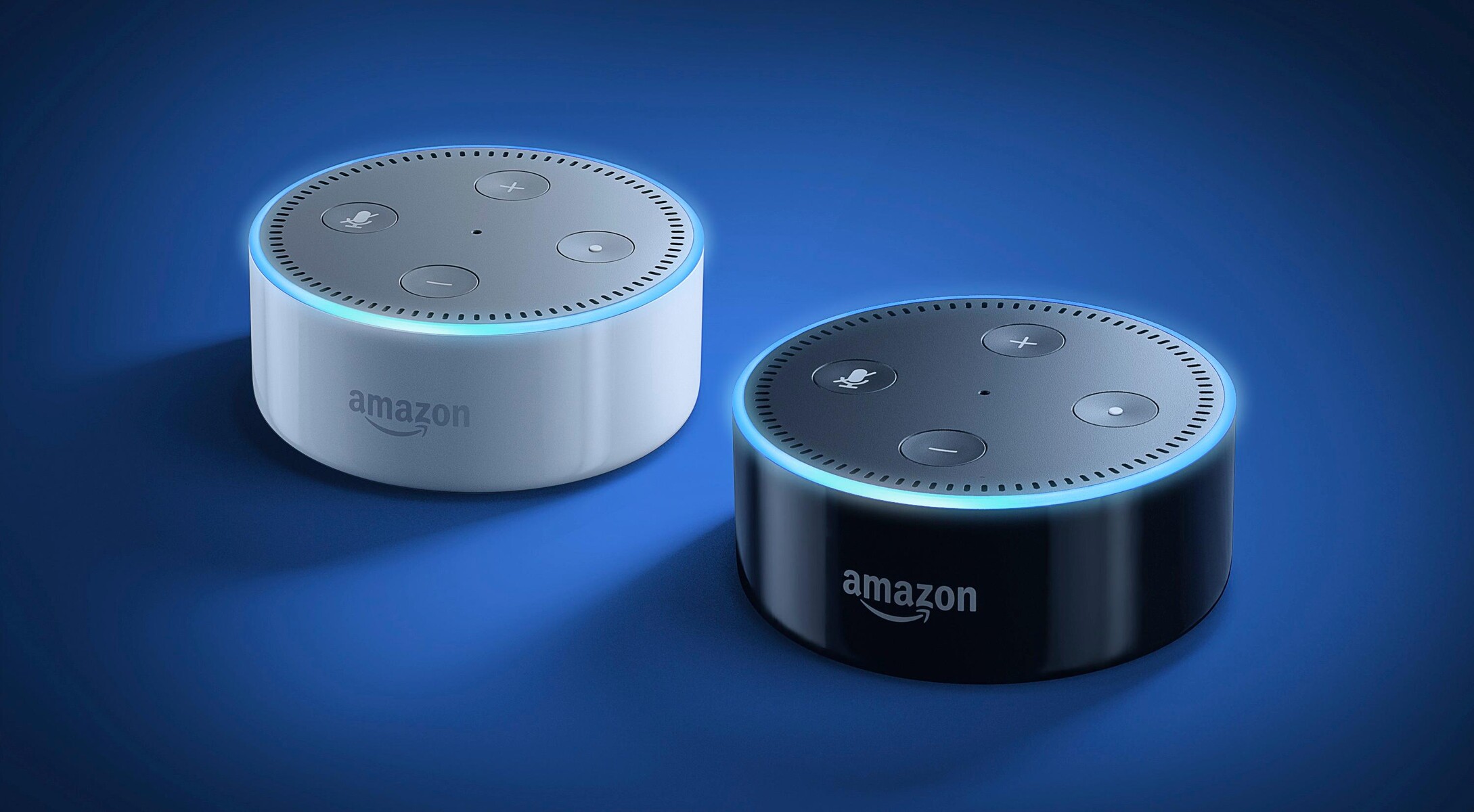Introduction
Welcome to the world of do-it-yourself technology! In this guide, we will walk you through the exciting process of creating your very own Alexa smart speaker using a Raspberry Pi. By following these step-by-step instructions, you will gain a deeper understanding of how voice-controlled devices work and have the satisfaction of building something incredible with your own hands.
The Alexa smart speaker has revolutionized the way we interact with technology. With just the sound of your voice, you can ask Alexa to play music, provide weather updates, set reminders, and even control smart home devices. By building your own Alexa smart speaker, you will not only save money but also have the opportunity to customize it to your preferences.
This project is perfect for tech enthusiasts, hobbyists, and anyone eager to explore the world of DIY electronics. You don't need to be a programming expert to embark on this adventure; we will provide clear and concise instructions to guide you through each step. So, grab your Raspberry Pi and get ready to embark on an exciting journey into the realm of voice-activated technology.
As we dive into the details of creating your Alexa smart speaker, be prepared to unleash your creativity and problem-solving skills. This hands-on project will not only expand your knowledge but also give you a sense of accomplishment as you witness your creation come to life. So, without further ado, let's gather our materials and begin this thrilling DIY endeavor.
Step 1: Gather Your Materials
Before diving into the construction of your Alexa smart speaker, it’s essential to gather all the necessary materials. Here’s a comprehensive list of what you’ll need:
- Raspberry Pi (3B/3B+/4 recommended)
- MicroSD card (16GB or larger)
- MicroSD card reader
- USB microphone
- Speaker with 3.5mm audio jack
- Monitor with HDMI input (for initial setup)
- Keyboard and mouse (for initial setup)
- Internet connection (Wi-Fi or Ethernet)
- Power supply for Raspberry Pi
These materials are essential for creating a functional Alexa smart speaker. The Raspberry Pi serves as the brain of the device, while the microSD card is used to store the operating system and other software. The USB microphone is crucial for capturing voice commands, and the speaker will output Alexa’s responses and music playback.
It’s important to ensure that all components are compatible with the Raspberry Pi model you’re using. Additionally, having a monitor, keyboard, and mouse for the initial setup will make the configuration process much more manageable. A stable internet connection is necessary to download software and updates for the Raspberry Pi.
By gathering these materials, you are taking the first step toward creating a personalized Alexa smart speaker that will cater to your specific needs and preferences. Once you have all the necessary components assembled, you’ll be ready to move on to the next step: setting up your Raspberry Pi.
Step 2: Set Up Your Raspberry Pi
Setting up your Raspberry Pi is a crucial initial step in creating your own Alexa smart speaker. Follow these steps to prepare your Raspberry Pi for the installation of the Alexa Voice Service:
- Connect the microSD card to your computer using a card reader.
- Download and install the Raspberry Pi Imager software.
- Open the Raspberry Pi Imager and select the Raspbian operating system.
- Choose the microSD card as the storage location for the operating system.
- Click “Write” to install Raspbian on the microSD card.
- Once the installation is complete, safely eject the microSD card from your computer.
- Insert the microSD card into the slot on the Raspberry Pi.
- Connect the Raspberry Pi to a monitor using an HDMI cable and attach a keyboard and mouse.
- Finally, power up the Raspberry Pi using the appropriate power supply.
By following these steps, you will have successfully set up your Raspberry Pi, laying the groundwork for the installation of the Raspbian operating system, which is essential for running the Alexa Voice Service.
Now that your Raspberry Pi is ready to go, you’re one step closer to bringing your Alexa smart speaker to life. The next phase involves installing the Raspbian operating system, which will pave the way for the integration of the Alexa Voice Service.
Step 3: Install Raspbian Operating System
With your Raspberry Pi set up, the next step is to install the Raspbian operating system, which will serve as the foundation for running the Alexa Voice Service. Follow these steps to install Raspbian on your Raspberry Pi:
- Power on your Raspberry Pi by connecting it to a power source.
- Once the Raspberry Pi boots up, you will be prompted to set up Raspbian. Follow the on-screen instructions to complete the initial setup, including configuring your Wi-Fi network and updating the system.
- After the initial setup, open the terminal on the Raspberry Pi and enter the command to update the system:
sudo apt-get update && sudo apt-get upgrade - Once the system is up to date, you can proceed to install additional software and libraries required for the Alexa Voice Service.
- Download and install the required packages by following the specific instructions provided by Amazon for setting up the Alexa Voice Service on a Raspberry Pi.
- After the installation is complete, you will need to configure the settings for the Alexa Voice Service, including registering your device with Amazon and obtaining the necessary security credentials.
By following these steps, you will have successfully installed the Raspbian operating system on your Raspberry Pi and prepared it for the integration of the Alexa Voice Service. The Raspbian OS provides a stable and efficient platform for running various applications, including the Alexa Voice Service, which will enable your smart speaker to respond to voice commands and perform a wide range of tasks.
With Raspbian installed and your Raspberry Pi ready to harness the power of Alexa, you’re now poised to move on to the next phase: downloading and installing the Alexa Voice Service software.
Step 4: Download and Install Alexa Voice Service
Now that your Raspberry Pi is equipped with the Raspbian operating system, it’s time to download and install the Alexa Voice Service (AVS) software. Follow these steps to integrate AVS into your Raspberry Pi:
- Access the Amazon Developer Console and create a new product for your Alexa smart speaker project. This will generate security credentials and allow you to customize the settings for your device.
- Download the Alexa Voice Service SDK and sample app from the Amazon Developer website. This software package contains the necessary tools and resources for implementing AVS on your Raspberry Pi.
- Follow the instructions provided in the SDK documentation to configure the sample app and integrate it with your Raspberry Pi. This process involves setting up the security credentials generated in the Developer Console and customizing the app to suit your preferences.
- Test the functionality of the Alexa Voice Service on your Raspberry Pi to ensure that it can accurately process voice commands and provide responses. This step allows you to verify that the integration is successful and that your smart speaker is ready to respond to your voice.
By following these steps, you will have successfully downloaded and installed the Alexa Voice Service on your Raspberry Pi, bringing your DIY smart speaker one step closer to full functionality. The AVS software empowers your Raspberry Pi to interpret voice commands, interact with the Alexa cloud, and deliver a seamless voice-controlled experience.
With the Alexa Voice Service now integrated into your Raspberry Pi, you’re ready to move on to the next phase: registering your device with Amazon to enable it to communicate with the Alexa cloud and access a wide range of voice-controlled features and skills.
Step 5: Register Your Device with Amazon
After successfully installing the Alexa Voice Service on your Raspberry Pi, the next crucial step is to register your device with Amazon. This registration process enables your DIY smart speaker to communicate with the Alexa cloud and access the full range of voice-controlled features and skills. Follow these steps to register your device:
- Access the Amazon Developer Console and navigate to the AVS dashboard.
- Locate the product you created for your Alexa smart speaker project and proceed to register it with Amazon. This involves providing essential details about your device, such as its unique identifier and security credentials.
- Verify that your device is successfully registered and linked to your Amazon developer account. This step ensures that your smart speaker has the necessary permissions to interact with the Alexa cloud and utilize the full suite of voice-controlled capabilities.
- Test the functionality of your registered device by issuing voice commands and observing its responses. This verification process allows you to confirm that your DIY Alexa smart speaker is seamlessly integrated with the Amazon ecosystem.
By completing the device registration process, you establish a direct line of communication between your Raspberry Pi-based smart speaker and the Alexa cloud. This connection enables your device to leverage the full potential of Alexa, including accessing skills, providing real-time information, and responding to a wide array of voice commands.
With your device successfully registered with Amazon, you’re now prepared to move on to the next phase: configuring your Alexa smart speaker to personalize its settings and optimize its performance to suit your preferences.
Step 6: Configure Your Alexa Smart Speaker
With your Raspberry Pi-based smart speaker registered with Amazon, the next step is to configure and personalize its settings to optimize its performance. Follow these steps to tailor your Alexa smart speaker to your preferences:
- Access the Alexa app or the Amazon website to customize the settings for your registered device. This includes selecting the preferred language, setting up location-based features, and configuring privacy settings.
- Explore the available skills and enable those that align with your interests and daily routines. Skills allow your smart speaker to perform a wide range of tasks, from providing news updates to controlling smart home devices.
- Adjust the wake word settings to choose a phrase that best suits your style. The wake word is the command that activates the smart speaker and prompts it to listen for your voice commands.
- Personalize the music preferences and streaming services linked to your Alexa smart speaker. This customization allows you to seamlessly enjoy your favorite music and playlists through voice commands.
- Configure any additional features or integrations that enhance the functionality of your smart speaker, such as calendar syncing, reminders, and voice profiles for multiple users.
By customizing the settings and features of your Alexa smart speaker, you can tailor its capabilities to suit your lifestyle and preferences. This personalization process empowers you to create a personalized voice-controlled experience that seamlessly integrates into your daily routine.
With your Alexa smart speaker now configured to your liking, you’re ready to move on to the final step: testing your DIY creation and experiencing the convenience and power of a voice-controlled smart speaker built from scratch.
Step 7: Test Your Alexa Smart Speaker
Now that you have completed the setup and configuration of your DIY Alexa smart speaker, it’s time to put it to the test. Follow these steps to ensure that your smart speaker is fully functional and ready to respond to your voice commands:
- Initiate the wake word or phrase to activate your smart speaker. This can be the default “Alexa” or a custom wake word that you’ve configured during the setup process.
- Issue a variety of voice commands to your smart speaker, such as asking for the weather forecast, playing music, setting reminders, or accessing information on a specific topic.
- Test the responsiveness and accuracy of your smart speaker by speaking clearly and naturally. Ensure that it accurately interprets your commands and provides the expected responses.
- Explore the available skills and functionalities by asking your smart speaker to perform tasks that align with your interests and daily routines. This can include controlling smart home devices, providing news updates, or accessing specific information.
- Verify that your smart speaker seamlessly integrates with your preferred music streaming services and can play your favorite songs and playlists upon request.
By testing your Alexa smart speaker, you can confirm that it effectively harnesses the power of voice-controlled technology and seamlessly integrates into your daily life. This hands-on experience allows you to witness the culmination of your efforts in creating a functional and personalized smart speaker from scratch.
With successful testing and validation, you can now enjoy the convenience and capabilities of your DIY Alexa smart speaker, knowing that it represents a remarkable achievement in DIY electronics and voice-controlled technology.
Conclusion
Congratulations on successfully creating your very own Alexa smart speaker using a Raspberry Pi! Through this DIY project, you have delved into the realm of voice-controlled technology, gaining valuable insights into the inner workings of smart devices and the integration of artificial intelligence into everyday objects.
By following the step-by-step instructions outlined in this guide, you have not only built a functional smart speaker but also expanded your knowledge of electronics, software integration, and device customization. The hands-on experience of assembling, configuring, and testing your smart speaker has provided a unique opportunity to explore the intersection of technology and creativity.
Your DIY Alexa smart speaker represents more than just a device; it embodies your ingenuity, problem-solving skills, and passion for innovation. As you interact with your personalized smart speaker, you’ll experience the satisfaction of bringing a concept to life and the empowerment of controlling technology through the sound of your voice.
As you continue to explore the capabilities of your Alexa smart speaker, consider the endless possibilities for customization and expansion. Whether it’s integrating new skills, connecting to additional smart home devices, or exploring advanced voice-controlled functionalities, your DIY creation serves as a platform for ongoing experimentation and discovery.
Embrace the journey you’ve embarked upon with this project, and let your DIY Alexa smart speaker serve as a testament to your curiosity, resourcefulness, and dedication to mastering new technologies. With each interaction, you’ll witness the seamless fusion of innovation and practicality, showcasing the potential of DIY electronics to transform the way we interact with the world around us.
As you revel in the convenience and capabilities of your DIY Alexa smart speaker, remember that your journey as a creator and innovator has only just begun. Let this project inspire future endeavors and ignite a passion for exploring the boundless opportunities presented by the intersection of technology and imagination.







